Triennial
20252025
Work by: Darwin Guerrero Solis
Sensorial Fusion:
Relationship Art and Architecture
…architecture is not secondary, but neither is it the mother of all arts.
There is only one art and its value is measured by the emotions it triggers in us…
Rino Levi
The thought of integration between contemporary art and architecture dates back to the very origin of both disciplines, however, it took on a new meaning and social purpose during the Avant-Garde movement of the early twentieth century, becoming one of the most defining characteristics of art making. The objective of the 2025 edition of the New York Latin American Art Triennial (NYLAAT) is to integrate all artistic disciplines in fusion with architecture. Every form of integration consists of a coherent dialogue between architecture, and all disciplines in the spectrum of the visual arts, whether on a large scale or with individual elements.
Contemporary art and modern architecture emerged from an expectation of moral and material reconstruction of a world devastated by wars, serving as a tool to strengthen a collective identity and, consequently, the bond between the city and its inhabitants. In this context, artistic expression is used as a tool to shape the emotional life of the user, to which the combination of art and architecture can give new meaning, offering a place that represents a sense of community, in addition to function and technique. Latin American architecture is a fascinating and diverse field that reflects the rich history, culture, and geography of the region. From Mexico to Argentina, spanning across all of Latin America and the Caribbean, this discipline has evolved over centuries, blending indigenous, colonial, and modern influences to create a unique and vibrant architectural landscape. It is interesting to observe the architecture produced in the last decade in cities such as Medellín, Santiago de Chile, Lima, Buenos Aires, Montevideo, México City, and many others in Latin America. Our architecture is a living testimony to the identity and creativity of the region, and its study allows us to better understand the interaction between the past and present, as well as how the cities and landscapes of Latin America have transformed over time. As we often witness today, most of the architecture in the region, which is generally found throughout the continent, has become the perfect example of a structure that has successfully fused nature and tradition over time, presenting itself as a way to preserve culture and history.
The documentation of changes in cities and domestic life fascinated artists for generations in the past. From the moment cities start shaping. As cities began to evolve, artists often depicted the physical and social realities, as well as the potential emotional disconnect, that can accompany urban density. In recent decades, artistic focus shifted to the ramifications of climate change, localism, gentrification, relocation, and globalization.
In conclusion, NYLAAT 2025 challenges the public to think about urbanism in a larger context and coincides with collective efforts to enliven and transform our way of living, as well as an attempt to decode. The architectural point of view and the visuality it produces by manipulating the social images and creating new mapping systems in pursuit of visual and political imagery that is oriented towards civilian perspectives. This proposal explores new visual strategies arising from various perspectives of the city—viewed from within, from above, and from the inside out. It underscores the empowering potential of civilian action while questioning the very notion of “democratization” in the arts, urban architecture, the social economics influences, and the way the civilized world behaves. The NYLAAT 2025 offers alternative strategies for engaging with the fusion between art and architecture, providing information about socio-political distribution and the various ways in which the world around us is changing.


